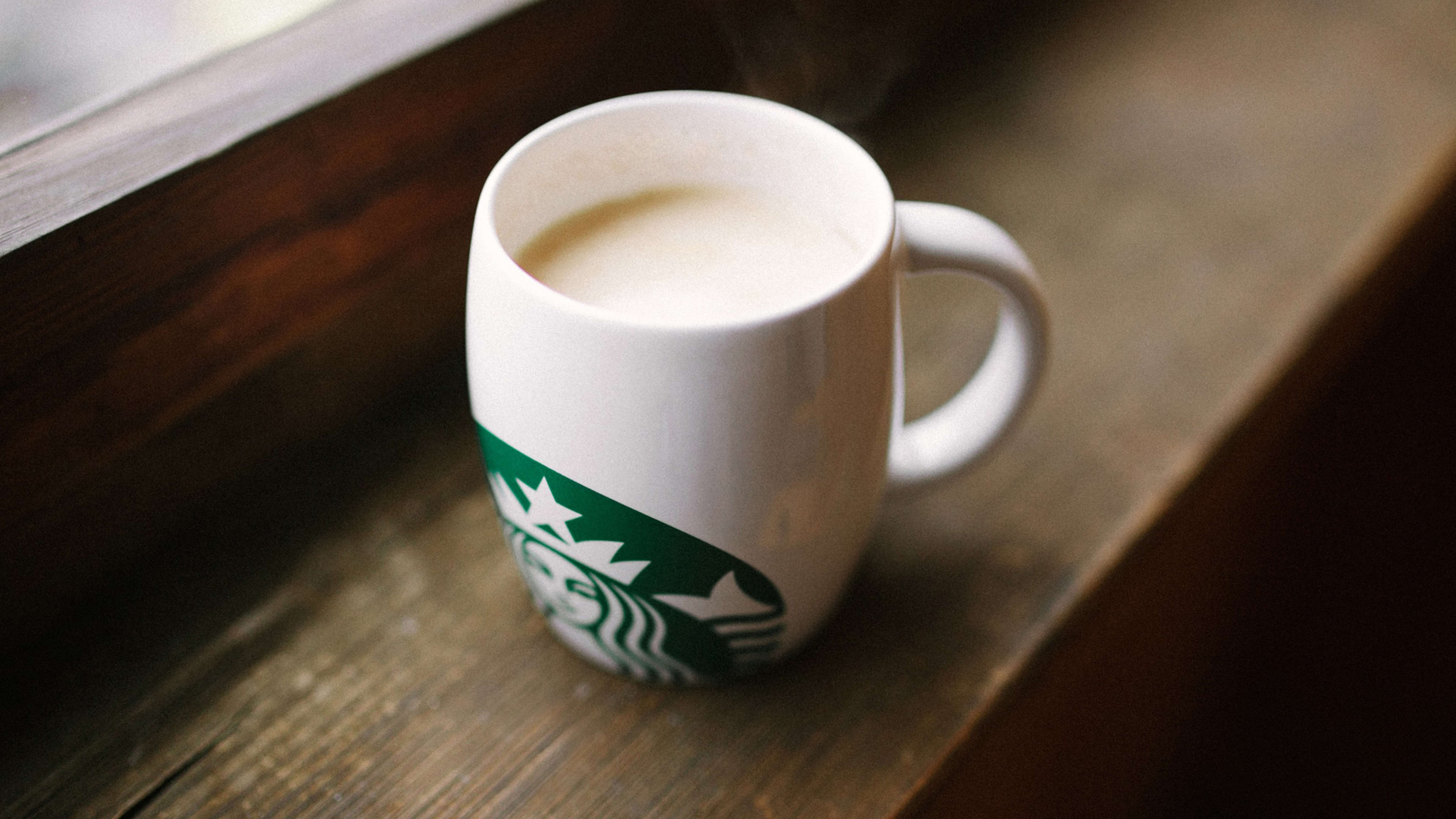Starbucks announced today that it wants to become “resource-positive”: Storing more carbon than it emits, eliminating waste, and providing more clean freshwater than it uses in coffee-growing regions or in its direct operations.
It’s a worthy goal—but the company hasn’t set itself a deadline, saying instead that it’s a “multi-decade aspiration.” By 2030, it now has preliminary goals to cut emissions in its operations and supply chain in half compared to its footprint in 2018 (even as it grows), send half as much waste to landfill from its stores and manufacturing, and conserve or replenish half of the water that it uses. And it argues that the long-term vision to benefit the environment is necessary.
“I think that the significance of ‘resource positive’ is a recognition on the part of Starbucks, that we not only need to mitigate or reduce our footprint, our impacts, but we really need to help reverse the degradation,” says Michael Kobori, the company’s new chief sustainability officer, who previously held the same role at Levi Strauss. “The crisis that the planet is in is impacting people, is impacting our customers, is impacting our partners, and is impacting farmers who grow our coffee all around the world and their communities. So it’s not going to be enough to simply reduce our own footprint. Our long-term vision is we’ve got to reverse that.”
The company is not new to sustainability; it set new standards for sourcing responsibly grown coffee in 2005, now has more than 1,600 LEED-certified stores, runs its U.S. stores on renewable electricity, and donates climate-resilient trees to coffee farmers. It’s spent more than a decade trying to solve the problem of coffee cup waste (with relatively little progress, though after its latest cup redesign challenge, it’s now beginning to test recyclable, compostable options).
Roughly nine months ago, the CEO decided to take a new look at sustainability and create a comprehensive plan. “We are viewing sustainability not as some stand-alone thing that the company is doing, but instead this is really an even greater across-the-company mindset shift for us to think of every operational plan and every offering through a lens of being sustainable,” says Vivek Varma, chief transformation officer at Starbucks.
It began by working with external experts to calculate its full environmental footprint. In 2018, across its value chain including its suppliers and their land use changes, it emitted 16 million tons of greenhouses gases, withdrew 1 billion cubic meters of water, and created 868 kilotons of waste. Starbucks plans to hit its 2030 goals with a handful of strategies, including adding more plant-based offerings (it already offers plant-based milk with coffee, and though it hasn’t made any announcements, it’s possible to imagine it serving breakfast sandwiches made with plant-based eggs and plant-based sausage). It plans to shift from single-use packaging to reusable packaging, something that some other cafés are doing more quickly. It will invest in reforestation and forest conversation in its supply chain, along with regenerative agriculture. It’s working on ways to reduce waste and make its stores and operations greener.
The goal to cut emissions in half by 2030 is in line with what the Intergovernmental Panel on Climate Change has suggested is necessary globally to stay on track with the Paris climate agreement. Still, it could be moving even faster. Ikea—with an even larger environmental footprint—plans to reduce more CO2 than it emits by 2030, and become a fully circular, zero-waste company by the same year.
Recognize your brand’s excellence by applying to this year’s Brands That Matter Awards before the early-rate deadline, May 3.
